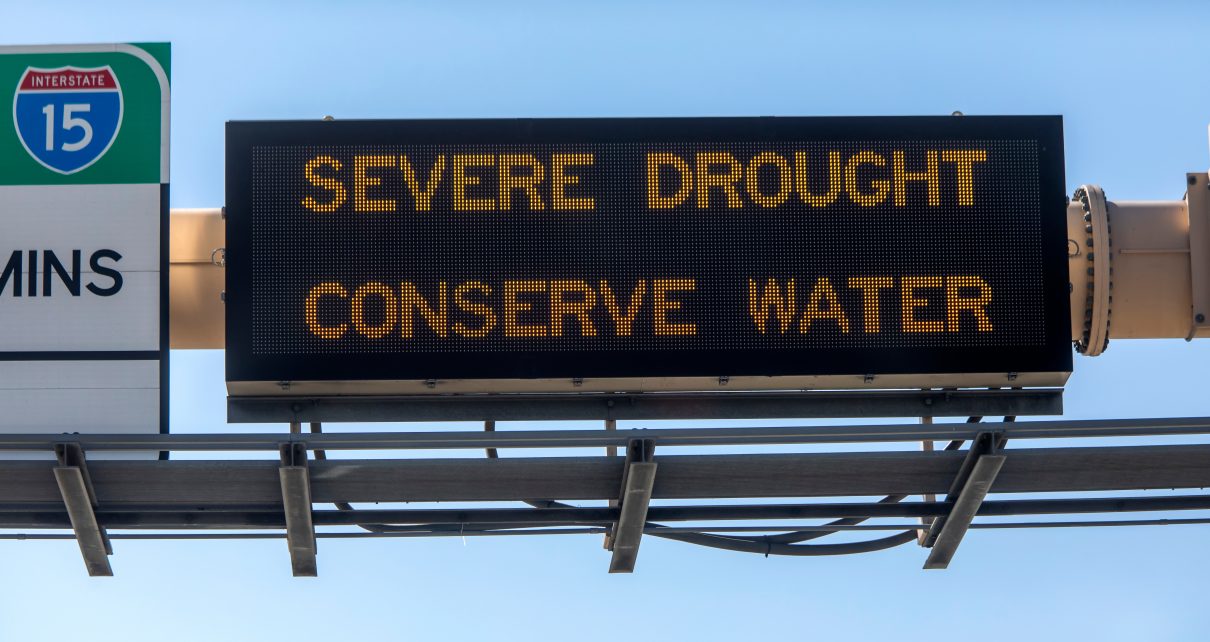
A freeway sign urges residents to conserve water amid a severe drought. (Photo: F Armstrong Photography/Shutterstock)
The Abundance Choice, Part 1: California’s Failing Water Policies
Eight years ago California voters approved Prop. 1 to fund water storage projects
By Edward Ring, May 10, 2022 2:15 pm
In October, and then again in December 2021, as the third severe drought this century was entering its third year, not one but two atmospheric rivers struck California. Dumping torrents of rain with historic intensity, from just these two storm systems over 100 million acre feet of water poured out of the skies, into the rivers, and out to sea. Almost none of it was captured by reservoirs or diverted into aquifers. Since December, not one big storm has hit the state. After a completely dry winter, a few minor storms in April and May were too little too late. California’s reservoirs are at critical lows, allocations to farmers are in many cases down to zero, and urban water districts are tapping their last reserves. In some areas of Southern California, water agencies are now penalizing residential “water wasters” by coming onto their property and installing flow restrictors.
Back in 2014, a supermajority of California voters, 67%, approved Proposition 1 to fund water storage projects. As of the spring of 2022 not one project has begun construction, eight years later. Meanwhile, in Southern California, a proposed desalination plant in Huntington Beach that could produce 60,000 acre feet per year of fresh water from the ocean has been held up by a mostly hostile bureaucracy and endless litigation for over twenty years. As you read this, the project faces another major hurdle – on May 12, the California Coastal Commission, might defy the recommendation of their own staff and grant “final” approval. But their approval may come with so many conditions that in effect it will be another denial. Or the army of litigants that for years have opposed the plant will find yet another basis for a lawsuit.
When it comes to water in California, there is a robust political consensus that something has to be done. There is agreement that multi-year droughts will leave Californians with inadequate water supplies; that once a drought enters its third or fourth year, the demands of the environment, agriculture, and urban water consumers are far in excess of what is deliverable. And that’s where we are today.
Back in the summer of 2021, knowing there was broad agreement as to the problem, I began to canvas the state to build support for a ballot initiative that would fund water projects. I entered into this project with only a basic knowledge of water policy. My goal was to talk with as many experts as I possibly could in order to come up with a comprehensive solution that, if approved by voters, would end water scarcity in California forever. I had no idea what I was getting myself into.
Water politics in California isn’t what it once was. The water infrastructure that transports water from mountainous northern watersheds to coastal cities mainly in the southern part of the state remains the biggest plumbing system in the world. The first major construction began over a century ago. To supply water to the burgeoning cities of Southern California, the Los Angeles Aqueduct was completed in 1913. The Hetch Hetchy dam and aqueduct, supplying water to the City of San Francisco, was completed in 1934.
Major water projects in California were ongoing in the decades that followed. The Federal Bureau of Reclamation finished building the Shasta Dam in 1945, creating what remains the biggest reservoir in California. The famed California State Water Project, with its centerpiece the California Aqueduct, completed most of its big projects in the 1960s. These highlights barely begin to describe the scale of the investments that were made or the magnitude of the projects that were built.
How California built a system of reservoirs and aqueducts that enables a mostly arid state to support a population of 40 million and some of the most productive farmland in the world is an epic story. A detailed accounting can be found in the classic book Cadillac Desert, written by Marc Reisner in 1986. An even more detailed and more recent source is The Great Thirst, written by Norris Hundley, Jr. in 2001. But the historic achievements of earlier generations of Californians to supply this new civilization with enough water to thrive have not been matched in recent years. California’s water infrastructure has been neglected. In the face of epic droughts and soaring demand, these days, the only answer California’s politicians have been able to agree on is water rationing.
Such is the state of water politics today. There is universal recognition that there is a water supply crisis, but every solution that involves major new construction is hopelessly gridlocked. Around the state, incremental and inadequate steps are taken, but there is no statewide vision to solve the crisis. Water rationing, typically referred to using the less threatening term “conservation,” is the only solution. While some activist groups in California truly believe conservation is all that will ever be necessary, it is mostly imposed on Californians by default.
The Basics of Water Supply and Demand in California
After two big storms in the fall of 2021, on January 1, 2022 the San Jose Mercury published an article with an encouraging headline “California has topped last season’s rainfall. Will trend continue in 2022?” Quoting the National Weather Service, the article announced that the “massive October atmospheric river and wet December” delivered 33.9 trillion gallons of rain to the state. This exceeded the 33.6 trillion gallons that fell during the entire previous water year, from October 2020 through September of 2021.
To express this amount in acre feet helps put this in perspective. 33.9 trillion gallons is 104 million acre feet. According to data compiled by the California Department of Water Resources, over the ten year period from 2011 through 2020, on average, 180 million acre feet of rain fell each year in California. The following table shows how that 180 million acre feet of water is used. Most of it either evaporates, percolates, or eventually makes its way to the ocean. But a significant amount is diverted for either urban, agricultural, or environmental use.
For the years 2011 through 2015, the data on this chart comes from the 2018 update of the California Water Plan, prepared by the California Dept. of Water Resources. Data for 2016 and 2018 was compiled on request by engineers working for the Dept. of Water Resources; they are still working on the 2017 data. For these most recent seven years for which complete data is available, diversions for urban, agricultural and environmental purposes averaged 75.3 million acre feet per year.
As can be seen, urban water use in California accounts for a relatively small percentage of the total. Just over 10 percent of California’s water use is to serve towns and cities, whereas the remaining 90 percent is split nearly evenly between agricultural irrigation and maintaining healthy ecosystems. While this obvious disparity could be the basis for suggesting that merely reducing allocations for farms and the environment ought to be enough to solve challenges of water scarcity, the basis for that argument is that water policy in California has to be a zero sum game. But that is a false premise. That premise can be invalidated by investing in new water supply infrastructure and upgrades to existing water infrastructure.
The next table, also taken from the 2018 update to the California Water plan, with data for the years 2016 and 2018 obtained from the Dept. of Water Resources, shows the sources of the 75.3 million acre feet per year of average annual water diversions. Analyzing this table will quickly reveal the vulnerability of California’s current water supply.
To begin with, the water California imports via the Colorado Aqueduct, nearly five million acre feet per year, relies on the Colorado River runoff that is stored in Lake Mead and Lake Powell, which are both at lower levels than they’ve been since those massive reservoirs were first built and filled up. At the same time as the entire Colorado River watershed continues to suffer a blistering multi-year drought, the burgeoning cities of Las Vegas and Phoenix are asserting their water rights. In the years to come, it is prudent to plan for a dramatic reduction in the amount of Colorado River water that will be delivered to California’s farms and cities.
Groundwater extraction, currently averaging 18.7 million acre feet per year, is also under threat. Withdrawing water from aquifers faster than they can be replenished by percolating runoff has caused wells to dry up, it has led to ground subsidence, and in some cases is causing underground aquifers to collapse and degrade to the point where they no longer can be refilled. To restore aquifers as a sustainable source of water storage and supply, not only will annual withdrawals need to drop well below 18.7 million acre feet per year, but until the water levels in the aquifers are restored, total annual withdrawals will need to be less than the annual amount of natural recharge.
As if that isn’t enough, the line items on the table indicating local, state and federal projects are primarily referring to sources of water that rely on California’s rivers, which, in most cases, rely on California’s Sierra snowpack. Because most of California’s reservoirs are in-stream, their first priority is to prevent flooding. For this reason they cannot be used to store water from early season storms, such as the deluge that fell in December of 2021. If those storms are allowed to fill these reservoirs, should a late season storm hit the state, there would be no reservoir capacity left to buffer the runoff and prevent flooding. But when the snowpack fails to develop, and no late season rainstorms inundate the state, summer arrives and the reservoirs are empty.
All of these factors combine to indicate a worst case scenario that is potentially catastrophic. It begs the question, why is the only significant statewide policy priority been conservation? Without Colorado River water, or unimpeded access to groundwater, or a viable snowpack, the “conservation” solution is disastrous: Every household will be limited to 40 gallons per person per day, outdoor watering will be prohibited, and a million acres of farmland will be taken out of production. Is that the future Californians are prepared to accept? Because that is the course Californians are on today.
There is an alternative. Runoff from the storms like the one that blasted through California last December can be diverted into percolation basins and into off-stream reservoirs. Indoor urban water, nearly three million acre feet per year, can be treated to higher standards, then reused over and over. So why isn’t the Sites Reservoir, an off-stream reservoir that is a twin to the already existing San Luis Reservoir (built back in the 1960s), already completed? Its construction was approved by voters eight years ago. Why aren’t two or three more massive off-stream reservoirs already built and operating in California?
For that matter, why isn’t urban water recycling already being done in every urban county in California? Only one major metropolitan area, Orange County, recycles 100 percent of their wastewater. Why aren’t these desperately needed projects being constructed?
There is a reason.
In our attempt to qualify an initiative to fund water supply projects, we encountered the opposition. There is a loose, extremely powerful coalition of special interests in California that want water scarcity. In some cases that policy serves their financial interests. In other cases, well intentioned zealots have embraced politically imposed water scarcity in the misguided belief that it will help the environment. Some of the opposition was more a function of gridlock than disagreement on principle.
In the opposition to more water projects, we encountered every conceivable motivation. There was avarice and there was selflessness, misanthropy and empathy. There were delusional arguments and arguments of clarifying lucidity; pragmatism and idealism. But the intricate array of political forces that influence water policy in California today, and their underlying ideologies and motivations, reduce to only one de facto consensus: Conserve. But conservation is not enough.
We also learned that with more time, the obstructionist consensus can be changed. Countless informed observers and political power brokers assured us, usually off the record, that new, big water projects must get built. The financing for these projects is not the insurmountable obstacle, nor are there technical constraints apart from the daunting scale of what is required.
To begin with, there are sustainable ways to create water abundance. And in normal years, the presence of lawns and the luxury of lengthy showers is a sign not of waste, but of resilience. These luxuries signify necessary surpluses that guarantee sufficient water in those extraordinary times when the water supply is disrupted. Having redundant sources of water in California not only bestows the capacity to withstand a crippling multi-year drought, but also to survive in the event of civil disruption or natural catastrophes that disable, for example, the Edmonston pumps that push millions of acre feet of water from the California Aqueduct over the Tehachapi Mountains into Los Angeles.
Water is the foundation of civilization. It is absurd that Californians, living in the wealthiest and most innovative place on earth, cannot design abundance into their water infrastructure. With abundant water, not only does California offer its residents a far more enjoyable quality of life in the form of less restrictions on residential consumption. Abundant water also means that Californians can develop more housing, for which developers cannot obtain permits without first identifying a reliable water supply. It means that California can remain an agricultural superpower, with affordable food for in-state sales and export. It enables essential businesses that consume water to flourish.
The remaining installments of this report will chronicle our attempt to qualify an initiative designed to fund massive investment in water supply projects. As part of that story, the various categories of water projects will be examined, as well as the many groups that affect water policy in California. This report, however, is about much more than water, and concerns everyone, not just Californians.
The challenge of water scarcity, and the reasons for it, are mirrored in other forms of politically contrived scarcity; not just water, but land for housing, practical transportation infrastructure, energy, lumber, and other natural resources. The entire consensus on all of these building blocks of modern civilization must change from a scarcity agenda to embrace investment in sustainable abundance.
Doing this creates the opportunity to create a future that nurtures upward mobility, affirms the economic aspirations of emerging communities and nations, and reduces the profits and prerogatives of established corporate and state rent seekers by forcing them to compete. This is the abundance choice.
This is Part One in a series of 15 reports on The Abundance Choice. Look for Part Two Thursday May 12, 2022.
- Ringside: CA GOP Just Blew $46 Million for Nothing – Here’s How They Can Avoid Repeating That Mistake in 2026 - December 24, 2025
- Ringside: Will the Delta Pumps Operate at Capacity this Winter? - December 18, 2025
- Ringside: Will Advocates for More Water Supply Projects Find Unity? - December 11, 2025

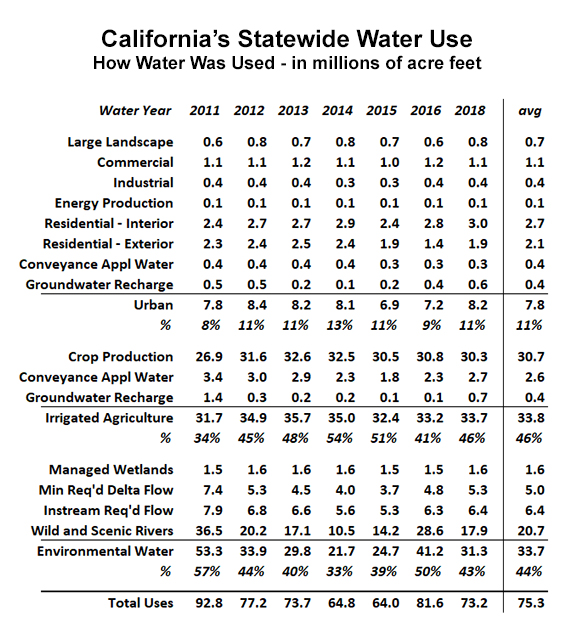
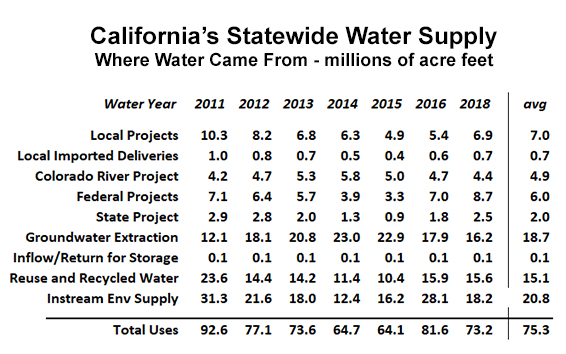

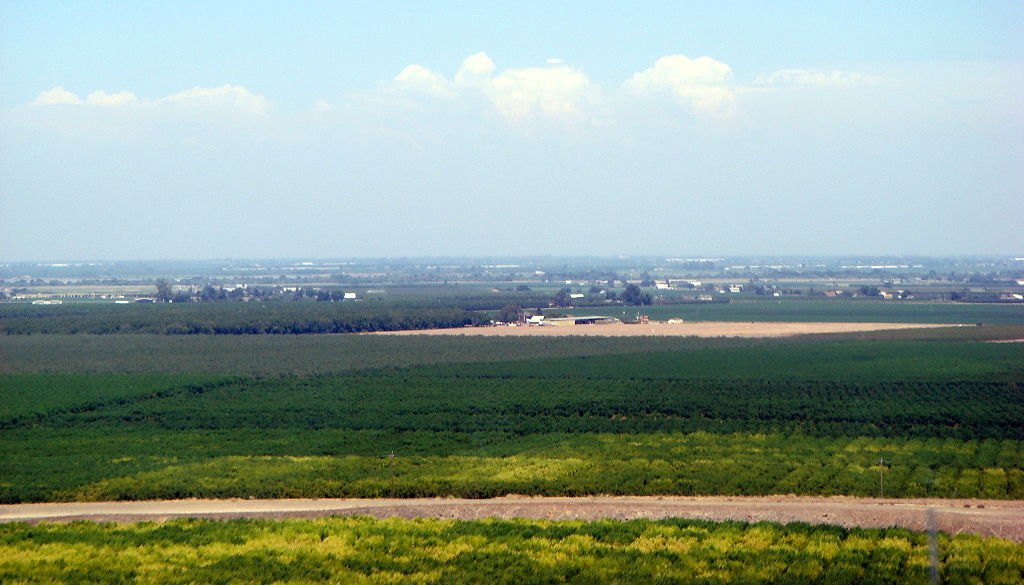
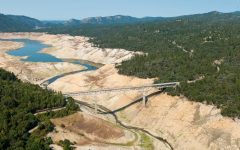
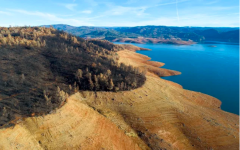
There are 110 bottled water companies operating in California. The CEO of Nestle suggests ‘Water isn’t a human right’… They should be the first to go! Then there’s the push for lithium mining. How much water is being diverted
for that brainstorm, that requires displacing 500k soil for 1 battery?
A remarkable piece of work. Yeah the powers that be have their own agenda and they will deny it and ignore it and continue down this drive past the tragedy.
Thanks for this. Looking forward to the next installments.
Wonderful article, thank you so much.
Go to geoengineeringwatch.org. Here you will learn how and why the water and weather are being controlled by governments world wide!!
Excellent article.
And the irony is that Texas has worse droughts – but doesn’t have these issues because we created a water infrastructure to handle droughts.
Exploitation and extraction is the path to scarcity and extinction. It cannot be solved by more exploitation and extraction. A paradigm shift is essential to any future positive relationship with water, a living being. It is time to revisit the indigenous life ways that created the fertile soil and intact water cycle that once brought abundance to the paradise that California used to be. Stop, turn around, and try something different.
California basically an irrigated desert. Having 40 million residents along with a a lot of agriculture is definitely going to tap resources. A blue supermajority does not bode well for California.